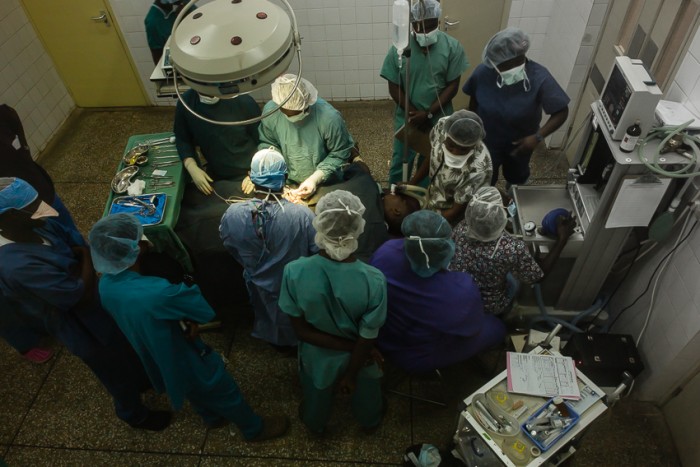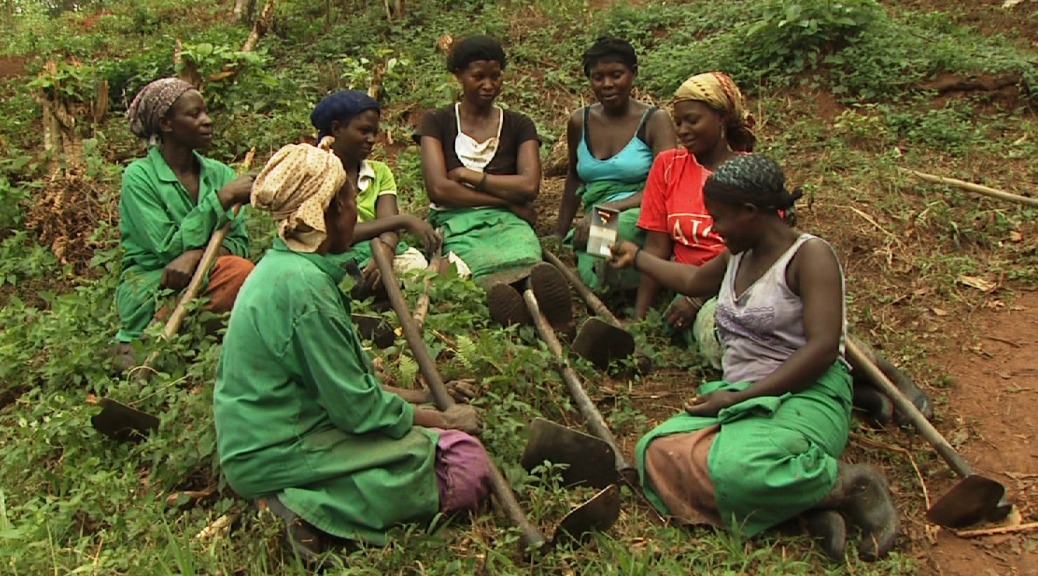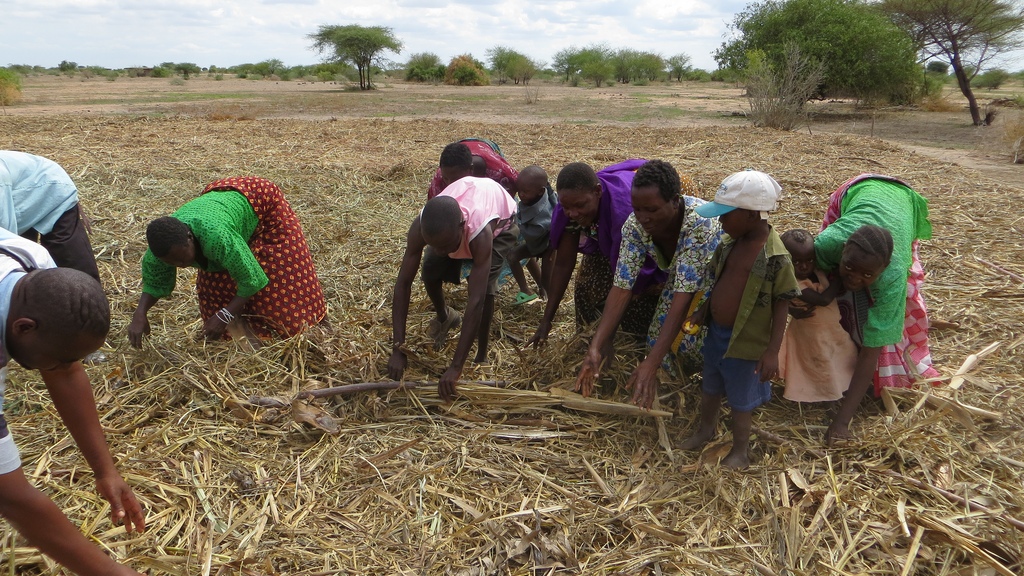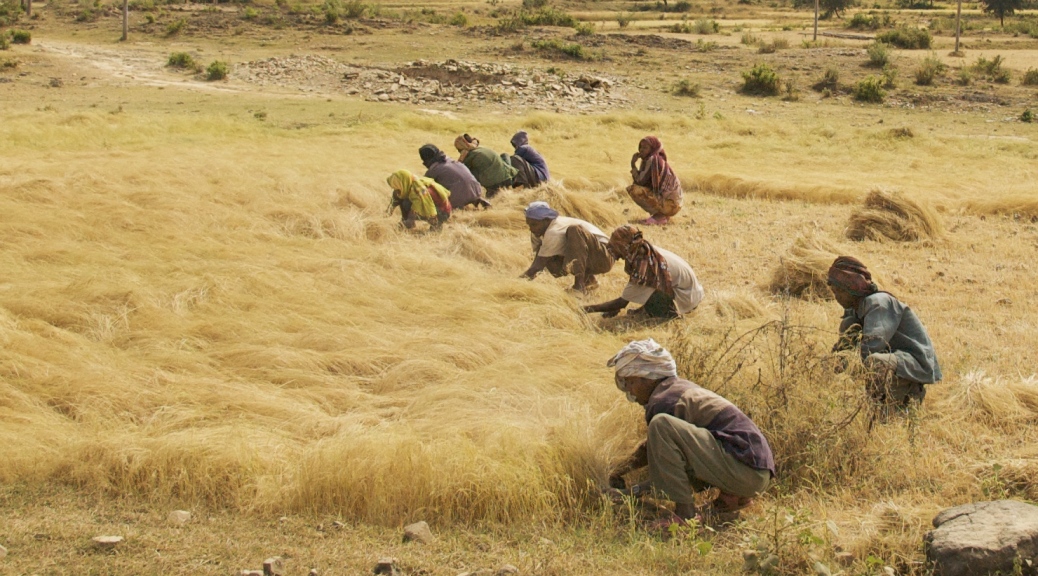A guest post by Frances Pontemayor
Can there be something less glamorous than a factory? Industrialization is gritty, sooty, sweaty – it just doesn’t align with the “tragically beautiful” poverty that development practitioners in Europe and North America dream of fighting with organic farms and $50 laptops. But at what point do implicit (never explicit) aesthetic preferneces start to blinker us from what really works?
Take the Huajian Shoe Company. It’s one of China’s leading shoemakers. I’m sure you’ve never heard of it, but if you’ve ever bought a pair of Naturalizers, Clarks, Guess or Tommy Hilfiger shoes, you’ve probably worn shoes made at a Huajian factory.
In January 2012, Huajian became one of the first Chinese manufacturing companies to launch large-scale operations overseas, opening a big-time shoe factory just outside Addis Abeba, in Ethiopia. The company produces 2,000 pairs of shoes everyday and employs over 1,750 workers at its factory.
With the media attention on the conditions of Chinese factories and all that horrible pollution, the knee-jerk reaction to Chinese factories in Africa is just more fuel to Western NGO’s white-knight complex.
“Race to the bottom!” “End modern day slavery!” said every development mission statement ever. How could we let these Chinese neocolonialists ruin all the hard work they’ve trying to accomplish for the last six decades?
To be clear, helping Ethiopia develop is not a goal of Huajian, anymore than it’s the benevolence of the butcher, the brewer, or the baker that we expect our dinner from. Business is business; development is the byproduct.
Given the rising costs of labor and appreciation of the RMB, the company chose Ethiopia because they needed to shave some costs. The country has a fairly well developed local scene for leather inputs suppliers, and labor costs are much lower. When it comes down to it, they just wanted to make some shoes that Westerners will want to buy, even cheaper than they could make them in China. Does that offend your sensibilities? Look down; what shoes are you wearing again?
Huajian’s move to Ethiopia comes with a cherry on top: thanks to AGOA, exports from Ethiopia to the US and UK markets come tax-free.
Huajian Shoe Company on its own won’t make Ethiopia into Denmark. Of course. But it will help make it a more dynamic and productive economy.
Ethiopians working at a Huajian factory are vastly more productive than their counterparts in non-export oriented manufacturing companies. That may sound like a recondite fact, but we know that in the long-run average wages track average productivity, and there’s just no way to raise average productivity that doesn’t involve shifting people from low-productivity jobs to high-productivity jobs.
In the case of Huajian, the company has even gone above and beyond in sending a number of workers to China for training, giving these workers even more specialized skills.
But even in the short term, there are definite benefits: Huajian workers become integrated into the formal economy. They get dorm-style housing and food provided by the company. The management model has been described as “military-style” and yes, hours are long and the work is boring. Still, it’s easy to caricature management’s approach, and that’s not necessarily fair either: in China, Huajian’s boss made a point of giving out his cell phone to all 30,000 company workers so they could reach him directly if that was necessary.
More importantly, they get paid regularly, predictably, which is already a huge improvement on the uncertain, unpredictable earnings of informal sector workers.
Formal workers spend have cash to spend on their children’s tuition fees or books, healthcare, things for their house (possibly a cook stove that everyone keeps talking about), or at a restaurant to celebrate. And those shopkeepers and restaurant owners will then go out and spend their money. Money, even if in small increments, will flow throughout the economy, generating the kind of multiplier effects on community well being that so many pro-poor development projects talk about and so few actually achieve.
More people in the formal economy means more a bigger tax base for the Ethiopian treasury. Tax revenue feeds into infrastructure, into education, into social welfare. And the hard currency earned by Huajian’s export orientation finances imports of foreign manufacturing technologies to upgrade leather-making equipment, or more efficient irrigation systems for their farms.
The point is the Ethiopian government can use this money, their hard earned, pulled-up-by-the-bootstraps money, on whatever they feel would continue the cycle of wealth and to overcome aid dependence. Whether you’re a teenager or an African governments – no one wants to be managed by someone else.
Somewhere down the line, Huajian’s local managers will think to themselves: “Hey, I think I could run my own factory with all this know-how I’ve gotten from Huajian, and possibly make the production even more efficient!” This new class of entrepreneurial managers, with their local networks and priceless knowledge built over the years of running a factory will eventually lead to more factories being built. This kind of spill-over effect that takes hold as knowledge embodied in workers diffuses throughout an economy is anything but glamorous. But no country has ever really developed without it.
With more factories comes more revenue, and not just for the managers (now owners), but for their newly hired workers, who are also moving from low-productivity to high-productivity occupations and putting upward pressure on wages. The whole cycle is renewed anew, and before you know it, Ethiopia is developing the kind of export oriented industrial cluster that’s marked more or less every fast development experience of the last three centuries.
Somehow, though, when we think of development work we think of the kinds of “pro-poor” micro-interventions that make life more bearable for poor people even as they remain within low-productivity sectors. That’s not development. That’s managing life in poverty. Development is boring. And more often than not, it starts in a factory.









